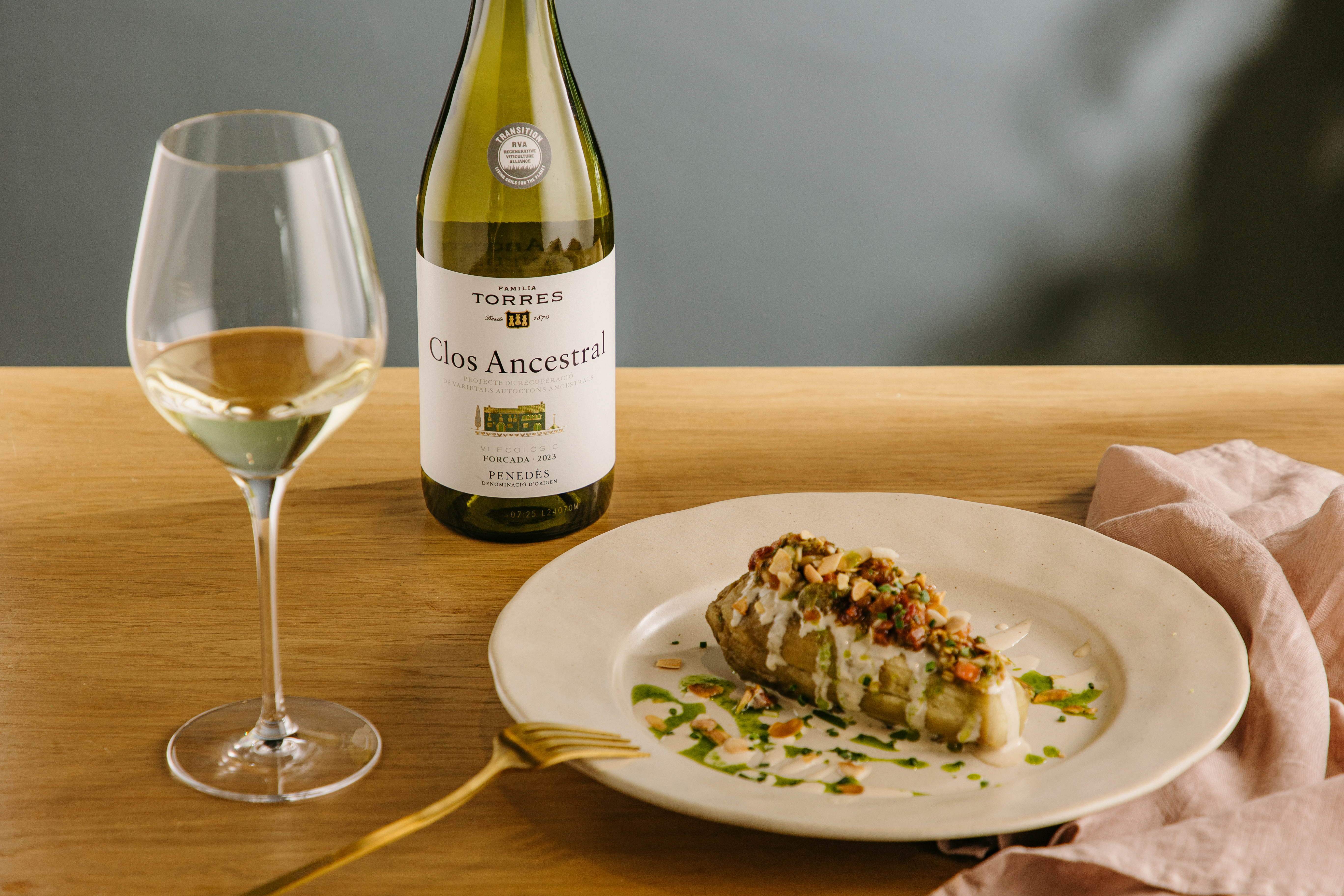Catalonia, World Region of Gastronomy: A Year-long Celebration Comes to an End

By Laura Conde, wine writer
As the World Region of Gastronomy 2025, Catalonia is now seeing the culmination of a year dedicated to celebrating one of the world’s richest, most diverse and admired cuisines. The honour, bestowed by the International Institute of Gastronomy, Culture, Arts and Tourism (IGCAT), recognizes regions with exceptionally rich culinary traditions that are committed to sustainability, cultural identity, gastronomic innovation, and territorial cohesion. In this regard, Catalonia not only checks all the boxes but goes beyond them, demonstrating that its gastronomy transcends the dish to express a way of life and the history and identity of the region.
For the past few months, Catalonia has experienced an exuberant flurry of activities that have brought its cuisine local and international exposure, connecting with people near and far. The programme included food fairs, workshops, market and winery tours, wine and food pairings, show-cooking, and product conferences – all aimed at building stronger connections between producers, restauranteurs, and consumers. This multifaceted, year-long event has not only increased the appreciation for Catalan gastronomy but for the Mediterranean diet, recognized by the UNESCO as an Intangible Cultural Heritage of Humanity, which finds one of its most complete expressions here.
Catalan gastronomy rests on three cornerstones: the land, its products, and culture. With its excellent climate and varied geography of sea, mountains, farmland, and plains, the region is a richly stocked pantry. From the rice fields of the Delta de l’Ebre to the vineyards of Penedès; from the olive groves of Camp de Tarragona to the pastures of the Pyrenees – each area contributes ingredients that define this extraordinary culinary mosaic. Catalan cuisine has earned the world’s respect thanks to an age-old farming tradition, knowledge passed from one generation to the next, and the creativity of a great many chefs.
The finest expression of this gastronomic richness can be found in products with Protected Designations of Origin (PDO) and Protected Geographical Indications (PGI). Olive oils like the fruity, balanced PDO Siurana or the intensely aromatic PDO Les Garriges are just two examples of Catalonia’s remarkable olive oil culture. This thousand-year-old tradition is more vibrant than ever thanks to the outstanding work of several producers whose wisdom has been handed down for generations.

Lamb shoulder with vegetables
Hazelnuts from Reus, rice from Delta de l’Ebre and Pals, pears from Lleida all represent the abundance of a fertile, generous, and diverse land. In the Pyrenees, cheeses from l’Alt Urgell and Cerdanya epitomize the dairy tradition of the mountains, whereas the mongeta del ganxet beans, Prades potatoes, calçot onions from Valls, beef from the Pyrenees, and turrón from Agramunt are standard-bearers of popular gastronomy – the kind that unites friends and family around a table.
They are joined by products like clementines from Terres de l’Ebre, Pa de Pagès Català – Catalan “farmer’s bread” – and indigenous chicken species: the pota blava from El Prat de Llobregat and the Gall del Penedès, both Protected Geographical Indications. These products all have European quality seals certifying their origin and authenticity, because in addition to their flavour, they also tell stories about the people behind them, the effort put into them, the landscapes of their provenance.
In Catalan kitchens, these products transform into dishes that combine tradition and modernity: suquet fish stews, hearty escudella stews, rice dishes, roasted veggie escalivadas, pa amb tomàquet tomato bread, wild game, garden-fresh vegetables, surf’n’turf recipes, and a delicious array of desserts made from dried fruit and nuts, honey or locally grown fruit. These are all served up by a varied cast of chefs for whom keeping traditional recipes alive is a daily practice, be it at small family restaurants or internationally acclaimed dining establishments. Let’s not forget that El Celler de Can Roca and Disfrutar have made the exclusive list of the World's Best 50 Restaurants.

Creamy rice with veggies and mushrooms
These flavours find their perfect match in wine. Catalonia has eleven appellations of origin that reflect its diverse geography: from fresh, fruity Penedès whites to deep Priorat reds, aromatic wines from Terra Alta or the distinctively Mediterranean wines of Empordà. The sparkling wines from DO Cava or the more recently introduced Corpinnat designation complete an internationally acclaimed array of wines.

Escalivada-style aubergine with tahini sauce
Familia Torres is present in four of these appellations – Penedès, Conca de Barberà, Priorat, and Costers del Segre – and shares the same philosophy that has inspired this distinction: respecting provenance and caring for the earth. This is why Familia Torres wanted to participate as an active member of the network Catalonia, World Region of Gastronomy, with the aim of promoting the culture, traditions, and practices that placed Catalan gastronomy in the international spotlight in 2025.
